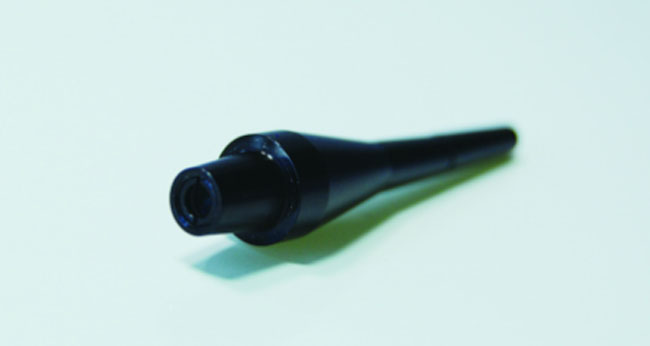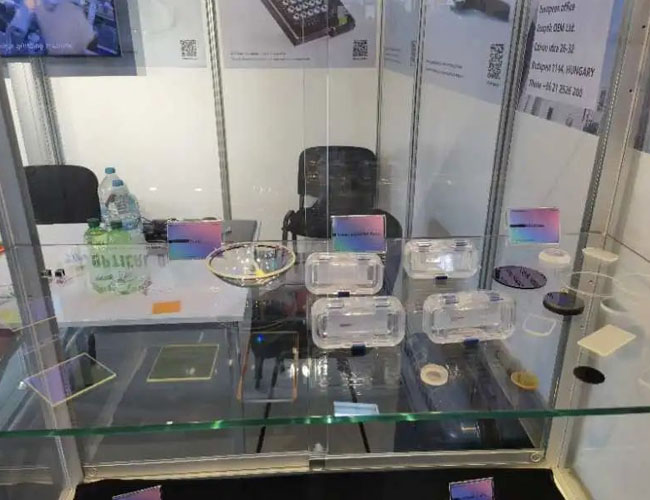Location: Munich Exhibition Center, Germany
The 26th global significant event for optoelectronic components, systems, and applications







The Optical Rectifier Hood is a flagship product of Boruide Optoelectronics. It consists of two parallel optical surfaces (one convex and one concave). Typically, we can control the tolerance within ±8um. With perfect parallel surfaces, the image remains undistorted during imaging, and the light rays remain undistorted during measurement.

The otoscope is a type of medical endoscope primarily used for screening in otolaryngology clinics. The otoscope allows healthcare professionals to magnify the field of view and present a clear image of the eardrum. The otoscope provided by our company is a complete optical system consisting of a set of optical lenses (spherical lenses, aspheric lenses, and flat mirrors) and a metal casing designed based on the system's focal length and diopter.

A reflective mirror is an optical component with various reflective coating systems deposited on its substrate. Depending on the specific requirements, different substrate materials and coating processes are chosen. Common types of reflective mirrors include dielectric mirrors and metallic mirrors.

A spherical lens is an optical component made of transparent material with a curved surface that is part of a sphere. It is commonly used for focusing or diverging light. Spherical lenses can generally be categorized as plano-convex lens, plano-concave lens, biconvex lens, biconcave lens, meniscus lens, cemented doublet lens, triplet lens, and so on.

A cylindrical lens is typically used to focus incoming light onto a line or to change the aspect ratio of an image. It usually forms a linear image and can control the direction of the beam, effectively reducing spherical aberration and chromatic aberration.

Micro lenses are commonly used in fiber optic communication and beam expansion systems. They serve various functions such as fiber-to-fiber coupling, semiconductor-to-fiber coupling, and fiber-to-detector coupling. Independent micro lenses can be used to couple light into fibers. Micro lens arrays are often employed to enhance the light collection capability of CCD arrays and can also be utilized in digital projection systems to focus light onto the imaging portion (LGD). Micro lenses are also applicable in small camera equipment, copiers, and mobile phones. Other uses include endoscopes, 3D imaging, and displays.

We primarily deal with lenses, optical rectifier hoods, prisms, window glass, filters, cylindrical mirrors, aspherical lenses, reticles, filters, prisms, reflective mirrors. The materials we use include CDGM, Schott, Ohara Corning, zinc selenide, calcium fluoride, silicon, germanium, and sapphire. We also provide custom lens design and assembly services.





